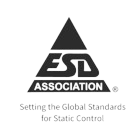Certifications & Standards for Electronics Testing
Certifications & Standards
Testing Standards
Memberships
At GETS we back up claims of quality leadership with some of the best credentials in the industry. To earn these certifications and accreditations, GETS staff, processes and methods are subject to recurring professional audits and assessments ensuring compliance and internal controls remain effective.
-
AS6081
Fraudulent/Counterfeit Electronic Parts : Avoidance, Detection, Mitigation and Disposition Distributors. -
AS6496
Fraudulent/Counterfeit Electronic Parts: Avoidance, Detection, Mitigation, and Disposition - Authorized/Franchised Distribution. -
AS6171
Test Methods Standard; General Requirements, Suspect/Counterfeit, Electrical, Electronic, and Electromechanical Parts. -
AS6174
Counterfeit Materiel; Assuring Acquisition of Authentic and Conforming Materiel. -
AS5553
SAE AS5553 & AS5553A Aerospace Standards: Counterfeit Electronic Parts; Avoidance, Detection, Mitigation, and Disposition. -
MIL-STD-750
MIL-STD-750 is the approved standard used by all Departments and Agencies of the Department of Defense. -
MIL-STD-883
MIL-STD-883 is the approved standard used by all Departments and Agencies of the Department of Defense. -
IDEA-STD-1010
IDEA-STD-1010: Acceptability of Electronic Components Distributed in the Open Market is the first and leading quality standard for the visual inspection of electronic components and was designed as a technical resource to serve the electronic component industry regarding the detection of substandard and counterfeit components..
-
ASQ
Global community of quality professionals increasing knowledge through educational advancement.
-
SMTA
Standard for electronics engineering and manufacturing professionals dedicated to advancing the electronics industry.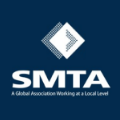
-
GIDEP
Is a cooperative activity between participants seeking to reduce or eliminate expenditures of resources by sharing technical
-
EOS/ESD Association
Advances the theory and practice of ESD avoidance.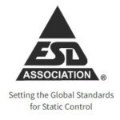
-
Anti-Counterfeiting Forum
Aims to exchange and develop practices with accredited companies to combat counterfeit threats.
-
Florida Semiconductor Institute
The FSI is at the forefront of semiconductor research, innovation, and workforce development, working to make Florida a global leader in specialty electronics.


 ISO 17025, AS6171, AS6081
ISO 17025, AS6171, AS6081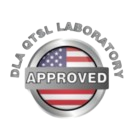 DLA Lab Suitability
DLA Lab Suitability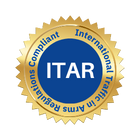 ITAR
ITAR



